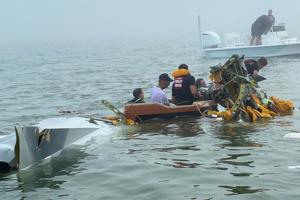
The European Space Agency (ESA) has made significant progress towards launching the next generation of its weather satellites. In early August 2025, the ESA team successfully placed the MetOp-SG-A1 satellite within the fairing of the Arianespace Ariane 6 rocket, gearing up for its upcoming launch. This milestone marks a crucial step in advancing Earth’s climate monitoring capabilities.
What is the MetOp-SG-A1?
The MetOp-SG-A1 is an advanced weather satellite equipped with a suite of sophisticated scientific instruments. Among these are tools designed for the Copernicus Sentinel-5 mission, which aims to provide precise monitoring of Earth’s atmosphere. This A-type satellite will work in tandem with the MetOp-SG-B1, a B-type satellite scheduled for launch in 2026. Together, these satellites will enhance the analysis of climate variables, including air pollutants and greenhouse gas concentrations.
Launch from Kourou, French Guiana
The Ariane 6 rocket will lift off from Europe’s Spaceport located in Kourou, French Guiana. This facility, known for its strategic position near the equator, allows launches to achieve optimal orbits with reduced fuel consumption. The MetOp-SG-A1 has been securely placed into a payload adapter, preparing it for its journey into space.
The Ariane 6 rocket represents a new era for European space exploration, designed to offer greater flexibility and cost-effectiveness. The last flight of the Ariane 6 occurred on March 6, 2025, when it successfully launched France’s CSO-3 reconnaissance satellite into orbit. The upcoming launch of the MetOp-SG-A1 will not only serve as a test for the new rocket system but also contribute significantly to climate science.
The launch of the MetOp-SG-A1 is a vital step in expanding our understanding of climate dynamics and improving weather forecasting. With its advanced technology, this satellite will play a crucial role in the ongoing efforts to monitor and combat climate change. As the launch date approaches, the ESA continues to prepare for what promises to be a pivotal moment in meteorological research.







